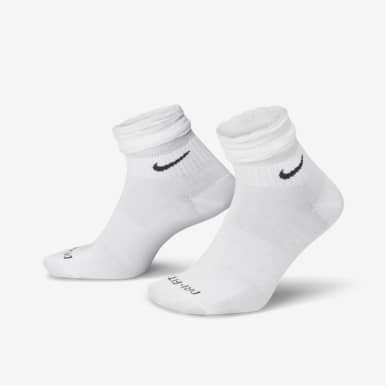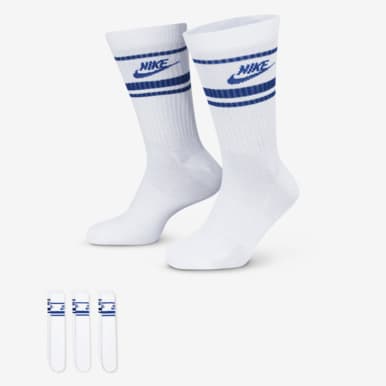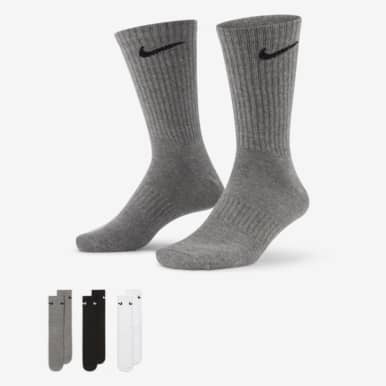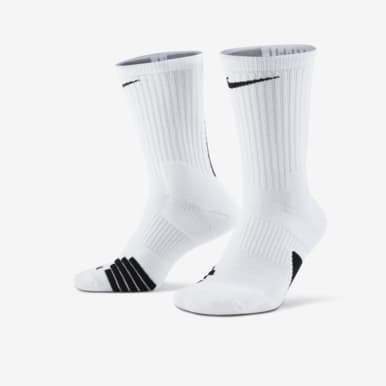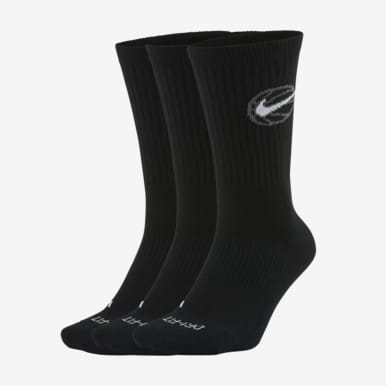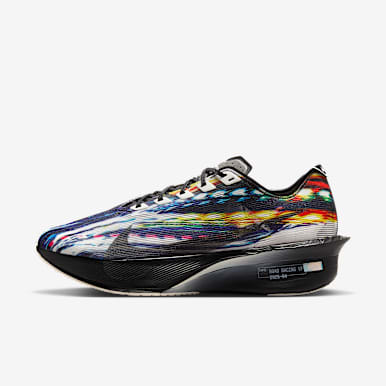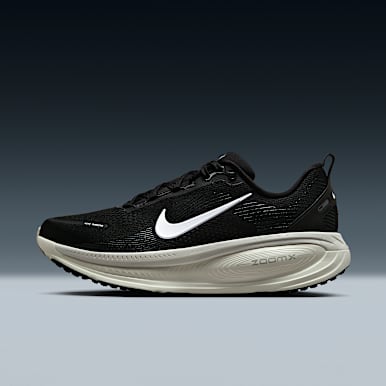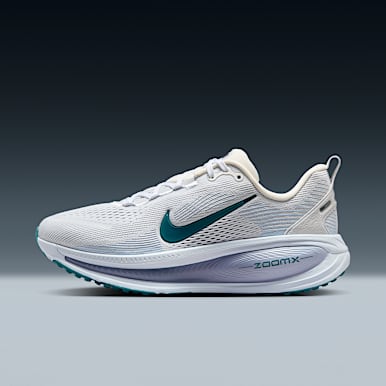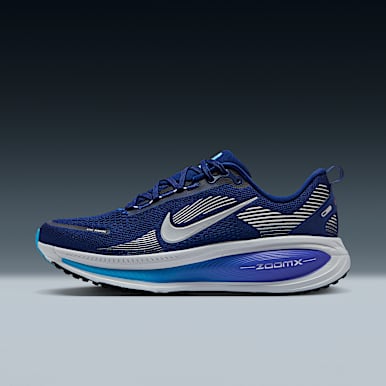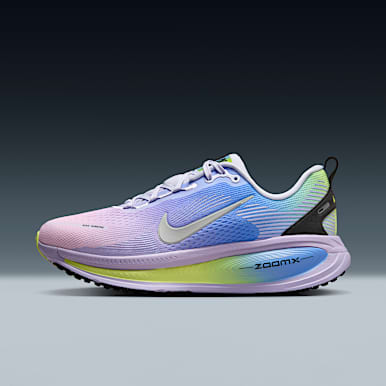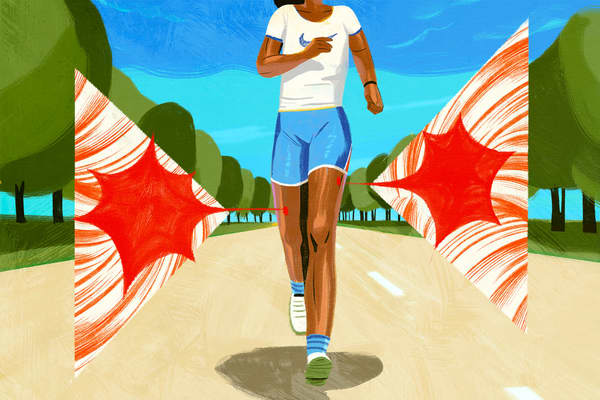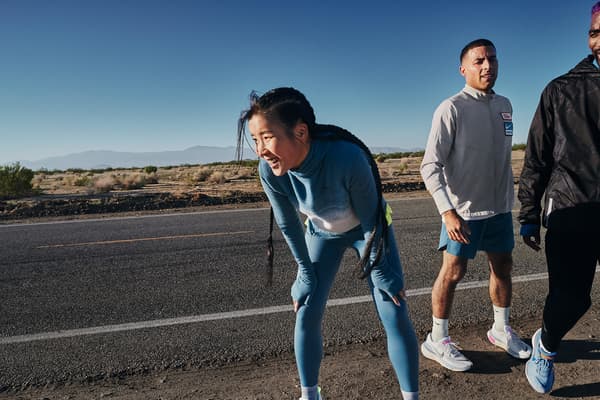What to do if you get a blood blister on your toe, according to podiatrists
Health & wellness
The big question: to pop or not?

In just about any sport, your feet can take a beating. And, thanks to pressure, force and friction, blood blisters can appear, especially on your toes.
These can appear more alarming than normal blisters and the temptation to pop a blood blister might be too much to resist. Here's what causes blood blisters, how to handle one that's getting troublesome, and some expert prevention tips.
What is a blood blister?
In general, blisters appear due to damage caused by heat or friction on the skin, said foot and ankle specialist Alireza Khosroabadi, DPM.
"With a blood blister, it's essentially a normal blister except that the blood vessels underneath have been damaged", he said. "This causes blood to leak into the blister, making it dark red or purplish in colour".
This can set off a signal to the body, activating a response from the immune system, resulting in inflammation in the area. This can all lead up to a blood blister on your toe becoming inflamed, painful, tingly or itchy.
This usually happens on the top of the toes, especially the little toe, but can also appear on the bottom of the big toe and on the ball of the foot, Khosroabadi said. Where they appear tends to depend on the structure of your foot as that informs how your foot lands during a sport such as running or football.
RELATED: How to find your optimal running paces, according to running coaches
For example, someone with high arches is more prone to blisters on the ball of the foot compared with someone with flat feet, he said. If your toes tend to bend upwards—a condition called hammer toe—blisters might appear on the top of the toes from rubbing against your shoes when you're active.
Calluses are another common culprit, said Fausto Ramos, DPM, founder of the Ramos Foot and Ankle Center.
"Calluses are a thickening of the skin that occurs because of microtrauma", he said. "Your body tries to protect itself by creating more skin. However, if the callus is big enough, it can increase the pressure under the skin, creating a blood blister".
How to treat blood blisters on toes
Sorry, blister poppers: this is not the time to get stabby. As unpleasant or irritating as a blood blister—and other blisters—might be, they create a barrier between outside bacteria and deeper skin layers. If that is broken, it can significantly raise infection risk, Ramos said.
"More often than not, blood blisters are clean and sterile on the inside", he said. "Once these blisters pop, they're prone to infection. So, a better strategy is to keep it clean and protected".
Instead, use moleskin or a bandage to place the blister at the centre of a "doughnut shape", which means the middle is still exposed, and then place gauze over that middle. The blister should heal over one to two weeks, eventually going down as the fluid inside dries out.
If the blister pops on its own, Khosroabadi suggests washing your hands and the blister with soap and water first, then using iodine to thoroughly clean the blister. Cover the area with bandaging, ideally the type called hydrocolloid, which is usually available at pharmacies. This creates a gel-like barrier that prevents the dressing from sticking to the raw tissue of the open blister and, as Khosroabadi explains, creates the best environment for healing.
Blister prevention
To prevent a blood blister, examine what might be causing the trouble.
1.Rethink your shoes.
Areas of friction, like hot spots or redness, are an indication that your skin is rubbing too much inside your shoes. If your shoes are worn out, slightly ill-fitting or not providing ample support, consider visiting a running shoe shop and speaking to a specialist to find a better pair for your foot structure and gait.
2.Get sweat-wicking socks.
Blisters can result from too much sweat on the toes, top of the foot and arch. Investing in good-quality socks can help keep your toes blister free.
3.Talk to your doctor.
Blood thinners are helpful for decreasing blood-clotting risk for those with heart issues, but they may also raise your risk of blood blisters, both on your feet and elsewhere on the body, according to Cleveland Clinic. That shouldn't be a trigger to stop taking your meds, though, especially since blood blisters aren't considered dangerous, Khosroabadi said. If you keep getting the blisters and it's becoming problematic, talk to your doctor about whether there may be other solutions, like changing your meds.
4.Pivot to strength training.
Continuing with a high-impact aerobic activity when you have a blood blister on your toe could worsen the problem, Khosroabadi said. That might cause a blister to pop and turn into a wound, creating more damage to skin layers. When that happens, he said, it will take longer to heal and you'll probably have more pain. Strength training is a great alternative because there's less foot movement, which translates to lower friction and impact.
5.Use blister pads, bandages or moleskin.
Khosroabadi said all of these are great choices for preventing blisters. They can be placed where you've had a blister in the past or where you've noticed irritated skin on your foot that isn't yet a blister.
If you've tried all sorts of strategies and still get blood blisters on your toes or other parts of your foot, it may be time to visit a podiatrist. In some cases, foot issues like hammer toe, bunions and cavus foot—a structural condition with a very high arch—can be addressed with the addition of orthotics, for example. These are devices worn inside shoes to correct biomechanical issues and they may also reduce pain from problems like plantar fasciitis or arthritis.
Words by Elizabeth Millard

